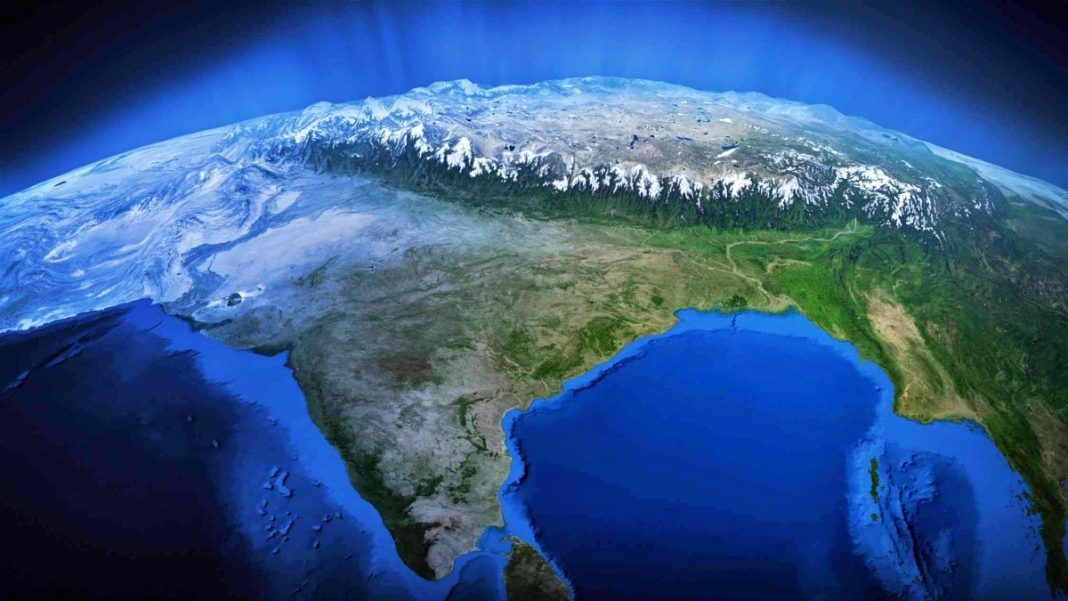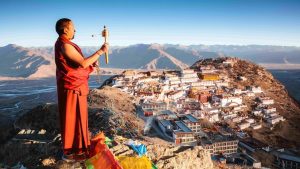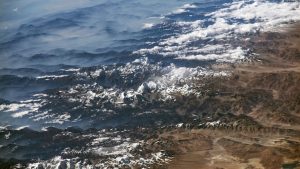Key Takeaways
- Indian Plate is tearing and warping beneath Himalayas, not moving as one solid block
- Western Himalayas show intact plate sliding smoothly, while eastern region shows dramatic tearing
- Discovery explains earthquake patterns and reshapes understanding of continental plate behavior
New geological research reveals the Indian Plate is tearing apart deep beneath the Himalayas, solving the mystery behind frequent earthquakes in the region. The groundbreaking study shows the massive tectonic plate is warping and separating as it continues its collision with Asia.
For decades, scientists understood the Himalayas formed when the Indian Plate collided with Eurasia around 50 million years ago. However, advanced 3D seismic imaging now reveals this process is far more complex than previously thought.
Plate Tearing Discovered
The research indicates the Indian Plate doesn’t move as one solid block beneath Tibet. Instead, it bends and tears along its length, particularly between 90° to 92° east longitude near the Yadong-Gulu and Cona-Sangri rift zones.
Western vs Eastern Differences
In the western Himalayas, the Indian Plate remains largely intact, sliding smoothly beneath Tibetan crust in a process called underplating. The two layers meet approximately 100 kilometers north of the Yarlung-Zangbo suture boundary.
However, the eastern region shows dramatic differences. The lower part of the Indian Plate, known as the lithospheric mantle, has peeled away from the upper crust and sunk deeper into Earth. This separation created a molten zone called an asthenospheric wedge between the layers.
Ongoing Geological Evolution
The newly forming Tibetan lithosphere now extends about 100 kilometers south of the suture, indicating Tibet’s base continues to grow and evolve. The study, supported by helium gas emissions and deep earthquake patterns, confirms the Indian Plate is warping during its slow-motion collision with Asia.
Geologists say this discovery not only explains regional earthquake patterns and rift formations but fundamentally changes our understanding of how continental plates behave during mountain building. The Himalayas continue to be sculpted from deep within Earth, not just from surface processes.






